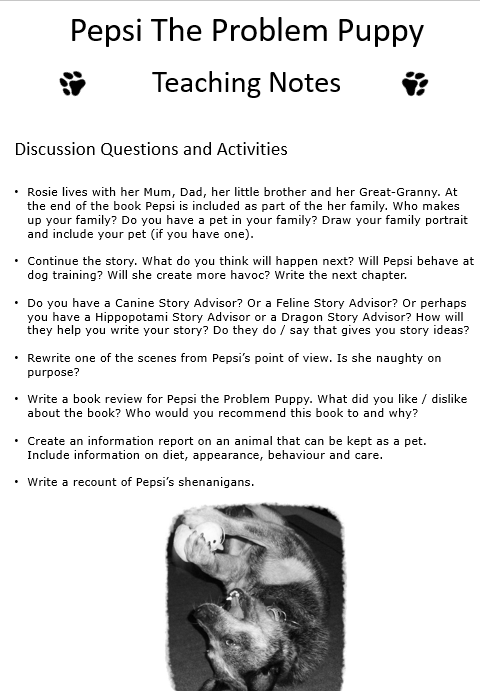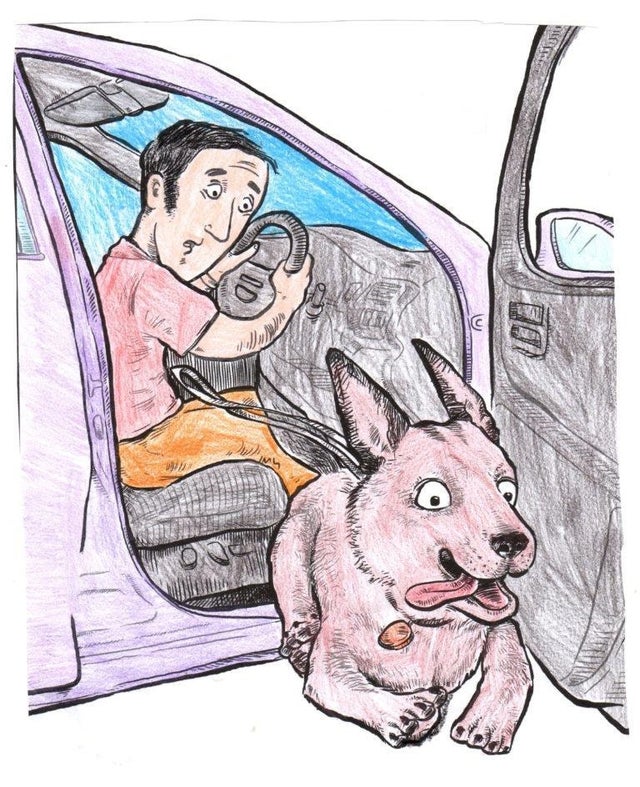Printables

Wacky Writing Prompts Journal (Printable)
A$4.99
A$4.99

On Sale
On Sale
Pepsi the Problem Puppy Teaching Notes
A$0.00
A$0.00

On Sale
On Sale
Pepsi the Problem Puppy Activities
A$0.00
A$0.00